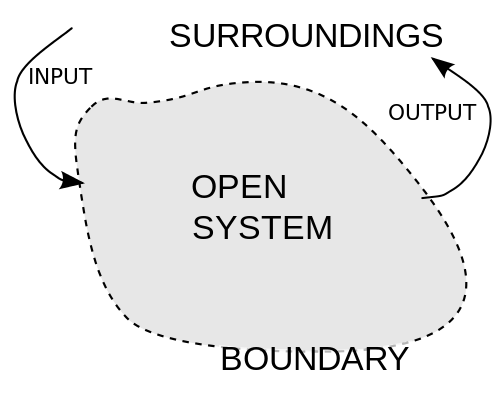The process by which the proton decays in LENR.
Some esoteric process is causing the proton to decay in LENR. This process is the root source for the production of energy and sub atomic particles in LENR.
Whatever is causing the proton to decay into strange matter is a new unrecognized if not unknown process in physics. This cause is not part of current standard model theory. This makes LENR theory doubly hard and mysterious. Not only do we need to explain the characteristics of LENR, but also LENR thinking gets involved in unrecognized physics that is itself ill-defined and speculative and rooted in solving the hardest and still unexplained issues in physics. As we go through this string of dots, you will get a feel for why LENR theory will not be fully understood for another century.
Gathering the dots together.
Before we attempt to connect the dots relegated to proton decay, we must define them and gather them together.
https://phys.org/news/2017-04-…llar-problem-riemann.html
Solving the Riemann hypothesis
https://en.wikipedia.org/wiki/Riemann_hypothesis
In mathematics, the Riemann hypothesis is a conjecture that the Riemann zeta function has its zeros only at the negative even integers and complex numbers with real part 1/2. It was proposed by Bernhard Riemann, after whom it is named. The name is also used for some closely related analogues, such as the Riemann hypothesis for curves over finite fields.
The Riemann hypothesis implies results about the distribution of prime numbers. Along with suitable generalizations, some mathematicians consider it the most important unresolved problem in pure mathematics.
The complex number system on which this conjecture is based was thought to have no meaning or application to any physical property in reality. But this feeling has turned out to be wrong.
In 1999, it was suggested by David Hilbert and George Pólya that in the nontrivial zeros form a set of real and discrete numbers in the Riemann zeta function are just like the eigenvalues of another function called a differential operator, which is widely used in physics.
This special newly discovered operator has close ties with quantum physics. The special operator in quantum physics is not Parity / Time (PT) symmetric in the complex number domain. If it can be shown that the PT symmetry is broken for the imaginary part of the operator, then it would follow that the eigenvalues are all real numbers, which would finally constitute the long-awaited proof of the Riemann hypothesis.
One of the pivotal dots to be connected in proton decay is Parity / Time (PT) symmetry breaking.
http://www.europhysicsnews.org…2016/02/epn2016472p17.pdf
PT-symmetric quantum mechanics is an extension of conventional quantum mechanics into the complex domain. (PT symmetry is not in conflict with conventional quantum theory but is merely a complex generalization of it.) PT-symmetric quantum mechanics was originally considered to be an interesting mathematical discovery but with little or no hope of practical application, but beginning in 2007 it became a hot area of experimental physics.
The connection between PT symmetry, LENR, Proton decay is whispering gallery waves.
https://www.ncbi.nlm.nih.gov/pmc/articles/PMC4830925/
Because of their complex number based quantum behavior, whispering gallery wavesWGW) have mysterious properties that are seen in LENR. In whispering gallery waves, the complex number system relates to the index of refraction of the light contained in WGW type of the optical cavity. When two WGWs are near each other, there is a one way flow of energy between them and a translation of frequencies associated with that transfer. This energy extraction process is unleashed by PT symmetry breaking and the decay that this symmetry breaking produces.
The WGW is the structure that gives form to the Surface Plasmon Polariton. Via the SPP, the energy extraction process whereby the WPW pulls energy out of the proton includes a PT symmetry breaking process. This PT symmetry breaking frees the energy content of the proton as SPP breaks the PT symmetry that keeps the protons or neutrons from decaying.
The color force and proton stability is based on maintaining CPT stability. Here are some old posts that explain this behavior of the color force:
The possible Role of Axions in LENR
and
The possible Role of Axions in LENR
Violation of the CPT symmetry scrambles up fermions and bosons, particles and antiparticles and their quantum numbers.
http://hyperphysics.phy-astr.g…/hbase/Particles/cpt.html
Now that you understand how the proton decays in LENR, you have a 100 year head start in the science of LENR.





